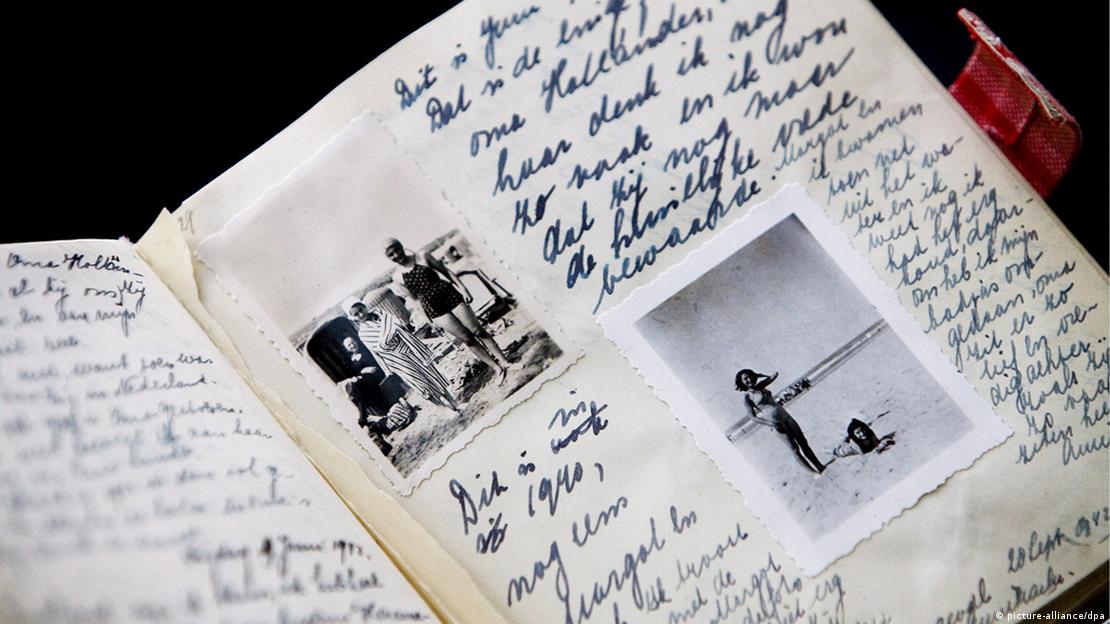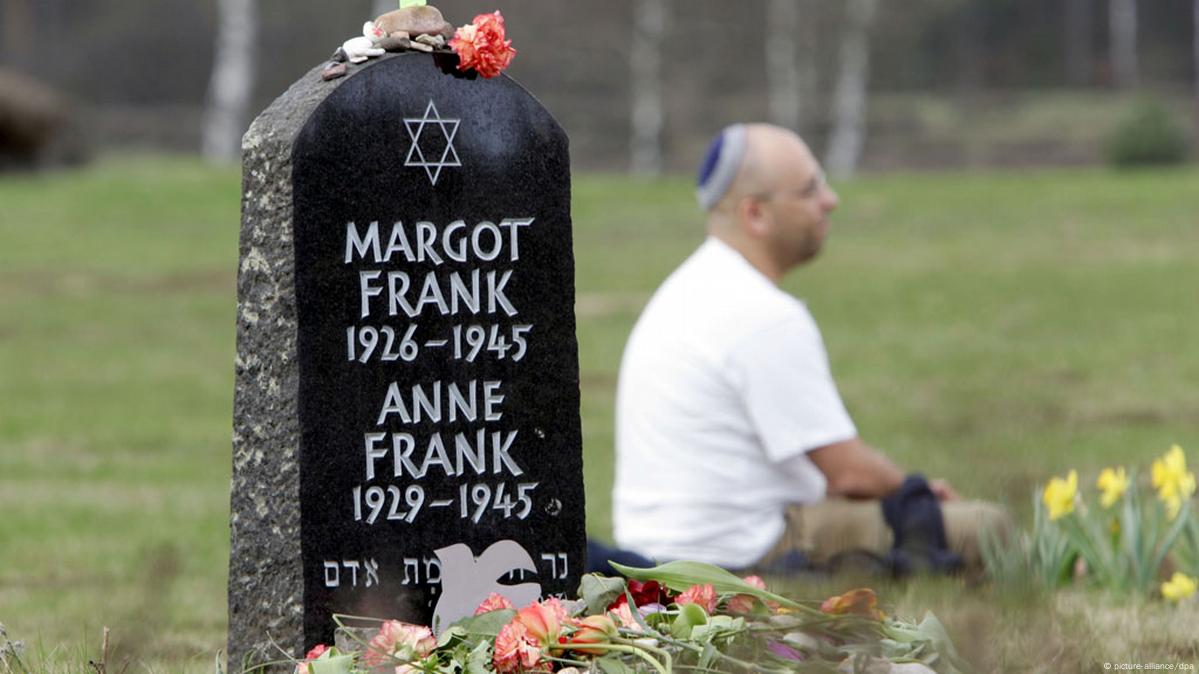Hidden Pages in Anne Frank’s Diary Reveal Her Curiosity About Sex, Puberty, and Prostitution
Using digital imaging technology, Dutch researchers uncover two long-concealed pages in Anne Frank’s famous diary, offering a deeper understanding of her as both a teenager and a budding writer.
AMSTERDAM – More than 80 years after Anne Frank first penned her now world-renowned diary, Dutch researchers have digitally uncovered two pages she had carefully obscured. Covered with brown adhesive paper, the hidden pages contain a mix of what Anne herself called “dirty jokes” and candid reflections on sexuality, menstruation, contraception, and prostitution.
The remarkable discovery was made using digital photography techniques by researchers from the Anne Frank House, the Huygens Institute for the History of the Netherlands, and the Netherlands Institute for War, Holocaust and Genocide Studies. They photographed the pages backlit by flash, allowing them to use imaging software to digitally enhance and decipher the overlapping texts.
Why Were the Pages Covered?
Dated September 28, 1942, the entries were written in the red-and-white checkered diary Anne received for her 13th birthday, shortly before she and her family went into hiding in a secret annex above a warehouse in Amsterdam. For decades, the contents of these two pages remained a mystery, shielded behind layers of sticky brown paper.
 |
| Anne Frank's diaries are on display in the Anne Frank museum in Amsterdam |
Experts believe Anne may have covered the entries out of embarrassment or concern that her private thoughts might be discovered by the adults she lived with in hiding—her parents, the Van Pels family, or dentist Fritz Pfeffer. Ronald Leopold, executive director of the Anne Frank House, commented, “She was probably afraid that other people she was hiding with… would discover her diary and would read these things.”
What Did the Hidden Pages Contain?
The uncovered content reveals four jokes and several paragraphs exploring sexual topics. Though Anne referred to the jokes as “dirty,” researchers emphasized that they are typical of many adolescents' humor and curiosity.
Among the jokes, Anne included a satirical line about German soldiers in occupied Holland:
“Do you know why the German Wehrmacht girls are in Holland? As mattresses for the soldiers.”
Other content described how girls begin menstruating around age 14, which Anne noted as a sign of sexual maturity—though she added, “one doesn’t do that of course before one is married.” She also wrote about prostitution, stating:
“All men, if they are normal, go with women, women like that accost them on the street and then they go together. In Paris they have big houses for that. Papa has been there.”
A Glimpse Into Anne’s Development
Historians say the newly discovered pages are less about Anne’s interest in sex and more indicative of her growth as a writer and thinker. Frank van Vree, director of the Netherlands Institute for War, Holocaust and Genocide Studies, noted:
“Anyone who reads the passages that have now been discovered will be unable to suppress a smile. The ‘dirty’ jokes are classics among growing children. They make it clear that Anne, with all her gifts, was above all also an ordinary girl.”
These entries reflect the intellectual and emotional development of a teenager coming of age under extraordinary circumstances. During the final months in hiding, Anne often revised earlier entries, especially after hearing a 1944 radio broadcast by the Dutch government-in-exile that encouraged citizens to document their wartime experiences.
Legacy and Future Publication
Though the hidden pages add valuable context to Anne’s story, whether they will be included in future editions of The Diary of Anne Frank remains uncertain due to copyright limitations. However, their discovery reinforces the enduring human depth of Anne Frank’s writing and legacy.
After the Frank family was betrayed in August 1944, Anne and her sister Margot were deported to Bergen-Belsen, where they died in early 1945. Only Otto Frank, Anne’s father, survived and later published her diary, which has since become a universal symbol of resilience, innocence, and the horrors of the Holocaust.
















.webp)


